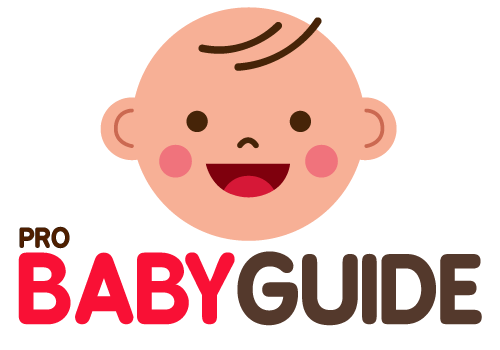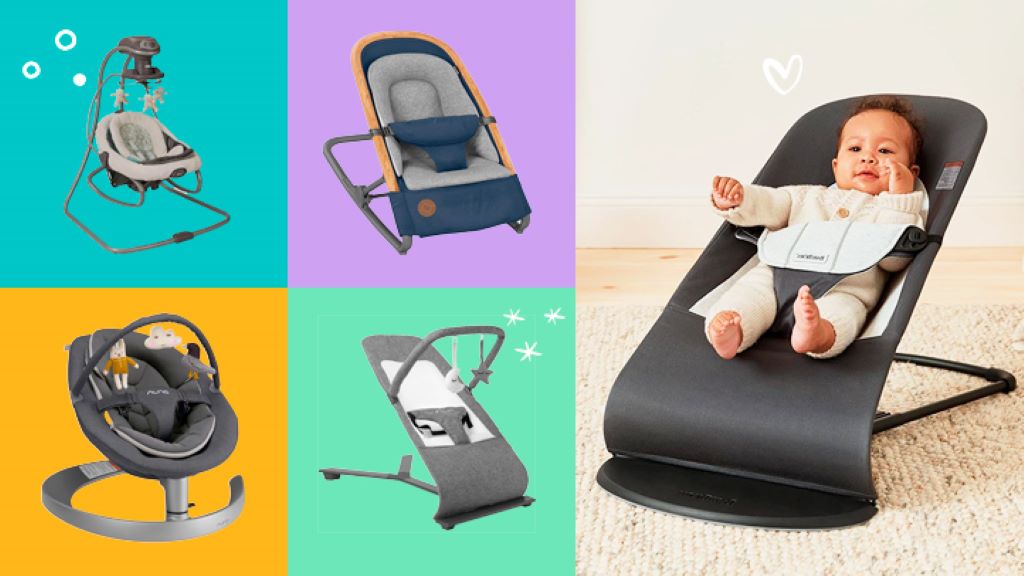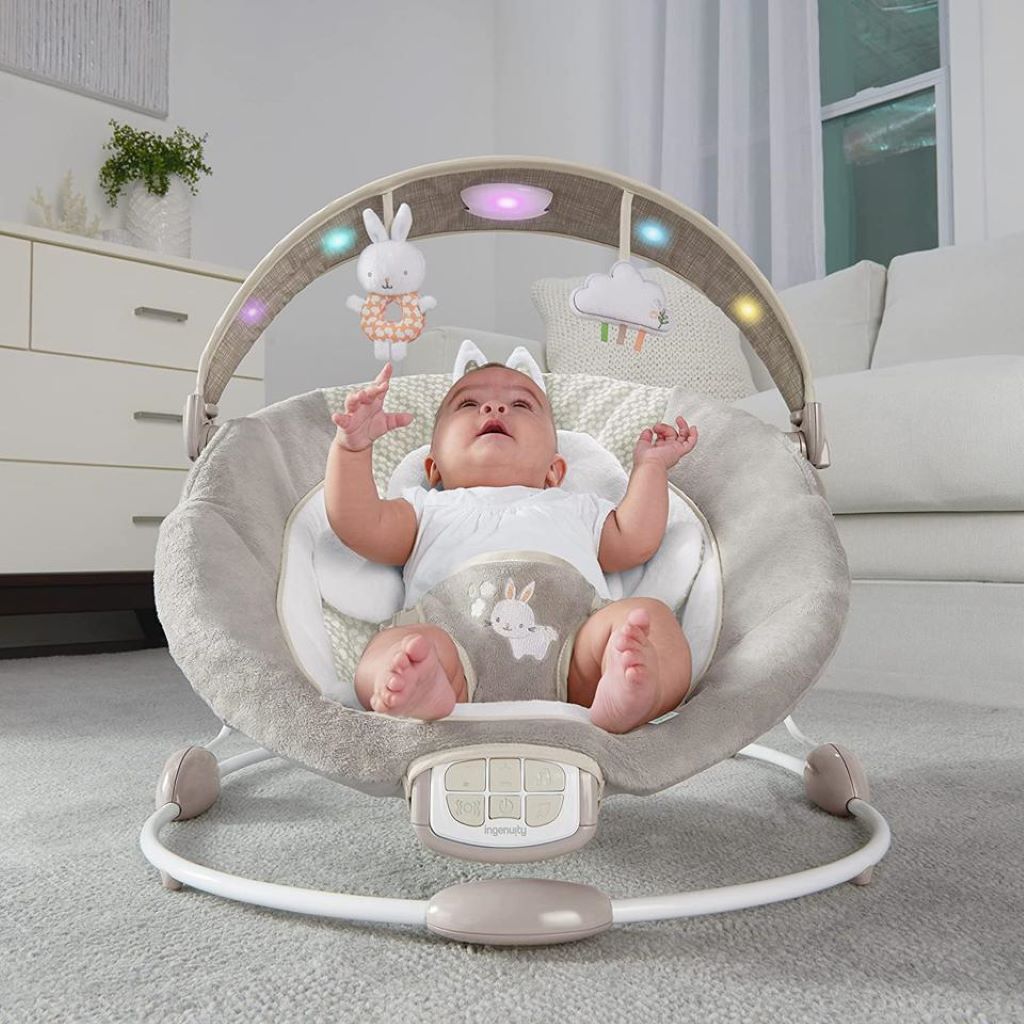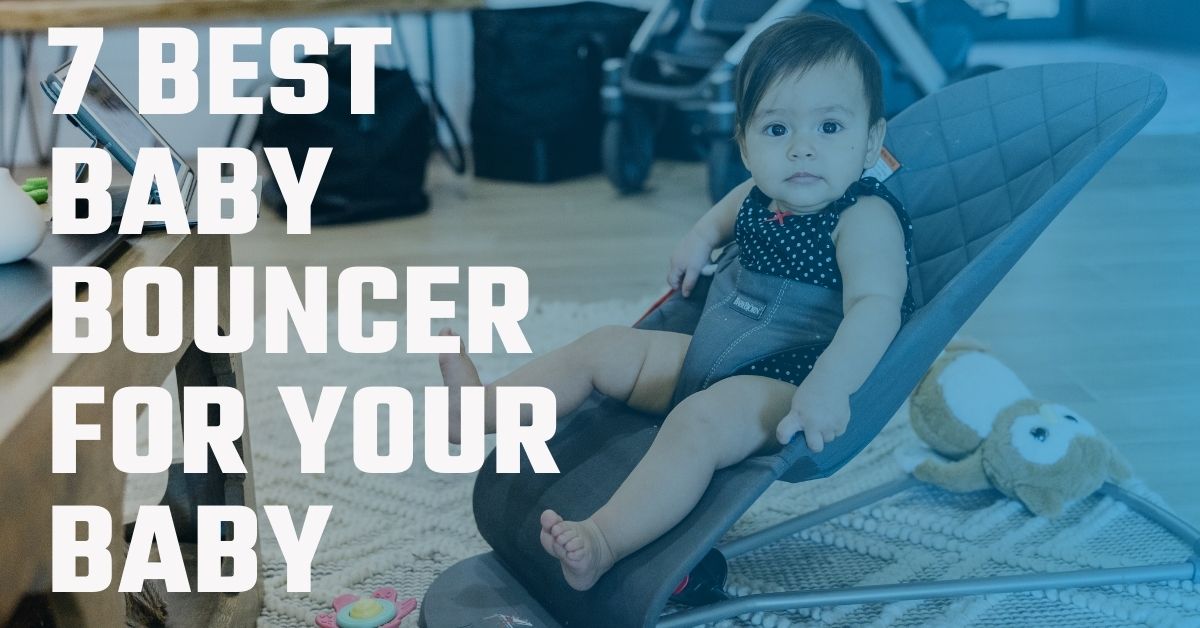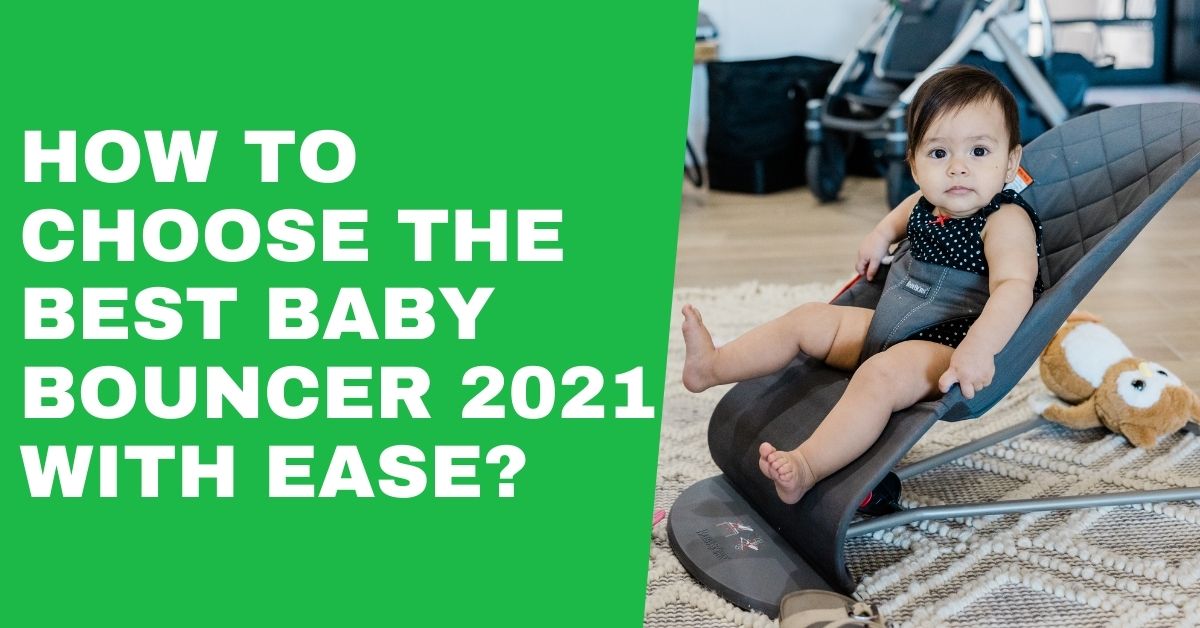Baby bouncers have been a staple in nurseries for decades, providing a safe and entertaining spot for little ones to bounce, play, and rest. What started as simple, spring-loaded seats has evolved into a diverse range of options designed to meet the needs of modern parents and babies alike. This article will explore the fascinating evolution of traditional baby bouncers, from their humble beginnings to the innovative designs available today.
Early Designs: The First Steps Towards Modern Bouncers
Ancient civilizations used cradles and hammocks to soothe and entertain infants, which is where the concept of a baby bouncer dates back. However, the modern baby bouncer, as we know it, emerged in the mid-20th century. Early designs were typically made of metal frames with fabric seats and simple spring mechanisms that allowed babies to bounce with their natural movements. These early bouncers were often bulky and heavy, and they had limited safety features.
The Rise of Safety Standards and Ergonomic Designs
In the 1970s and 1980s, concerns about the safety of baby bouncers led to the development of stricter safety standards and regulations. Manufacturers began to incorporate features like wider bases, stronger frames, and more secure harnesses to ensure the safety of babies. Additionally, ergonomic designs that provided better support for infants’ developing spines and necks became increasingly popular.
The Introduction of Vibrations and Music
The 1990s saw the introduction of baby bouncers with built-in vibrations and music. These features were designed to soothe fussy babies and provide additional entertainment. Vibrations were believed to mimic the gentle rocking motions babies experienced in the womb, while music provided auditory stimulation. Parents well-received these innovations, which quickly became standard features in many baby bouncers.
The Digital Age: Smart Bouncers and App Integration
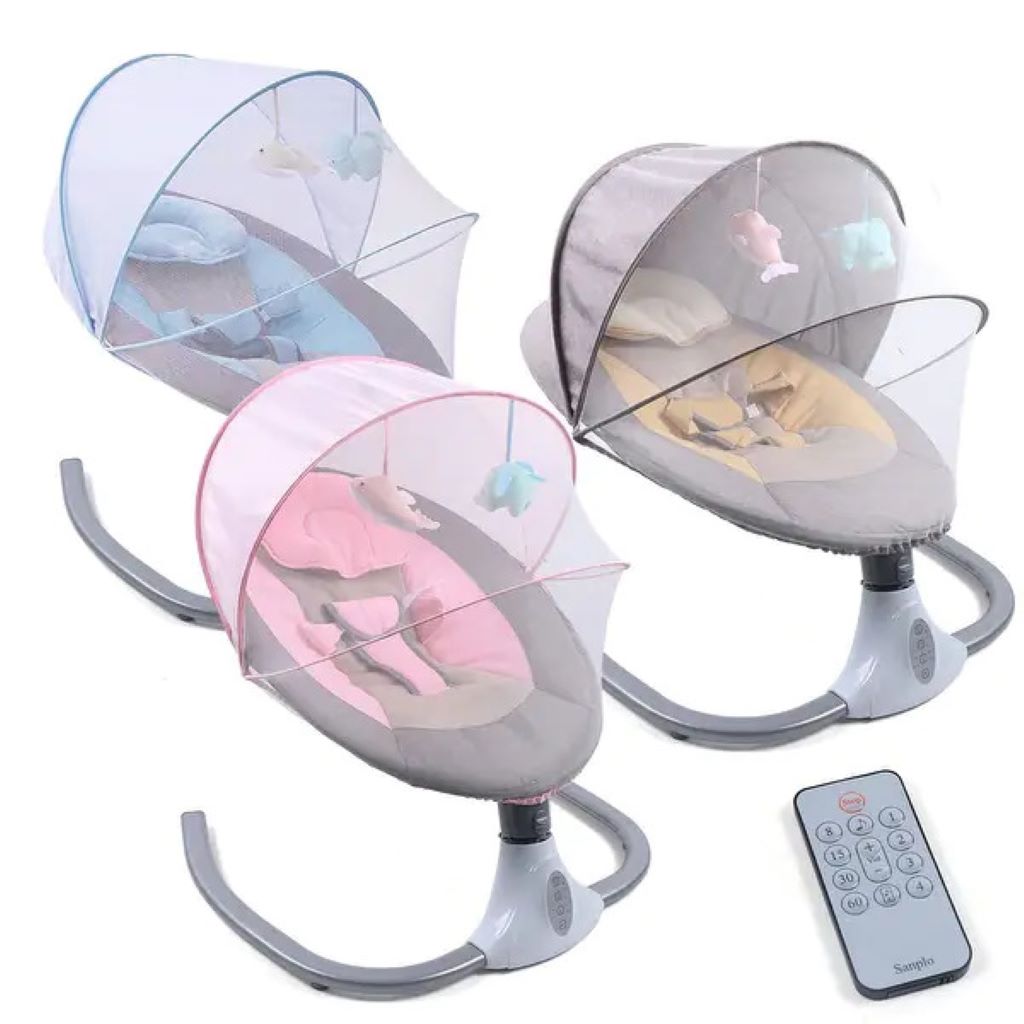
With the advent of smartphones and the Internet of Things (IoT), baby bouncers entered the digital age. Smart bouncers, equipped with Bluetooth connectivity and mobile apps, allow parents to control vibrations, music, and other features remotely. Some models even track babies’ bouncing patterns and sleep cycles, providing valuable insights into their development and well-being. App integration has opened up a new world of possibilities, from personalized playlists to real-time monitoring of babies’ comfort levels.
The Evolution of Materials and Aesthetics
In addition to technological advancements, the materials and aesthetics of baby bouncers have also evolved significantly. Manufacturers have replaced traditional metal frames with lightweight and durable materials like aluminum and plastic, making bouncers easier to move and store. Fabrics have become softer and more breathable, ensuring babies’ comfort. Furthermore, bouncers now come in a wide array of colors, patterns, and styles, allowing parents to choose designs that match their nurseries’ décor.
Related: 3 Difference Between Baby Rocker and Bouncer You Must Know
The Future of Baby Bouncers
As technology continues to advance, the future of baby bouncers holds even more exciting possibilities. We can expect to see more sophisticated smart features, such as voice control and artificial intelligence (AI) integration. Bouncers may also incorporate virtual reality (VR) elements to provide immersive experiences for babies. Furthermore, sustainable materials and eco-friendly manufacturing processes will likely become more prevalent as parents prioritize environmentally conscious choices.
Conclusion
The evolution of traditional baby bouncers is a testament to the ongoing innovation in the world of baby gear. From simple spring-loaded seats to high-tech, app-enabled smart bouncers, these products have come a long way in terms of safety, comfort, and entertainment. As parents seek the best for their little ones, baby bouncers will undoubtedly continue to evolve, offering even more sophisticated features and designs to meet the changing needs of modern families.
